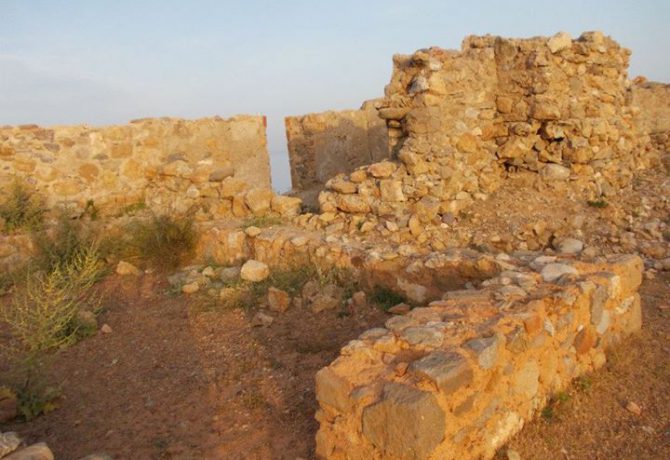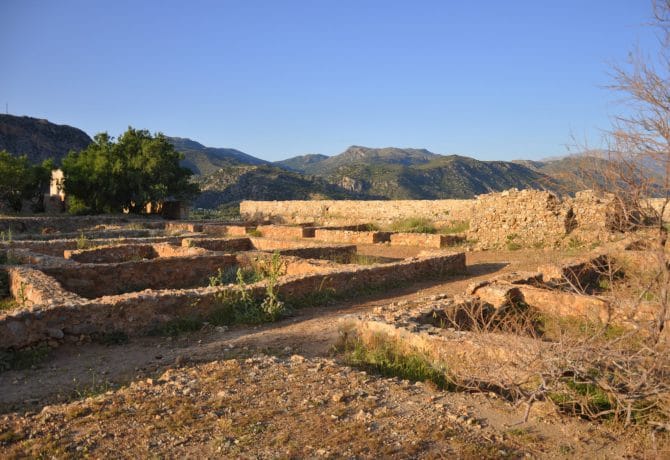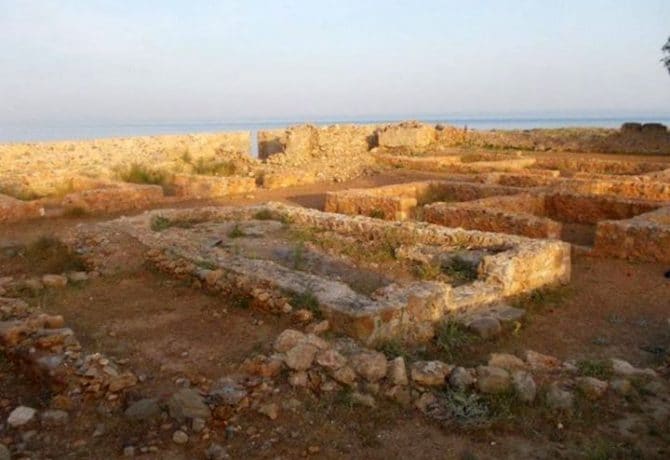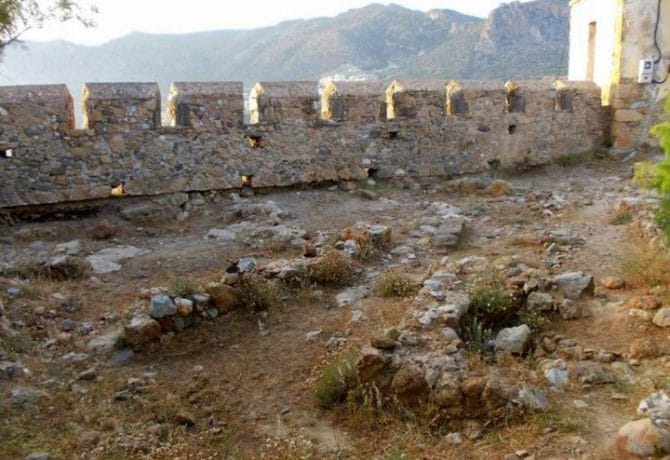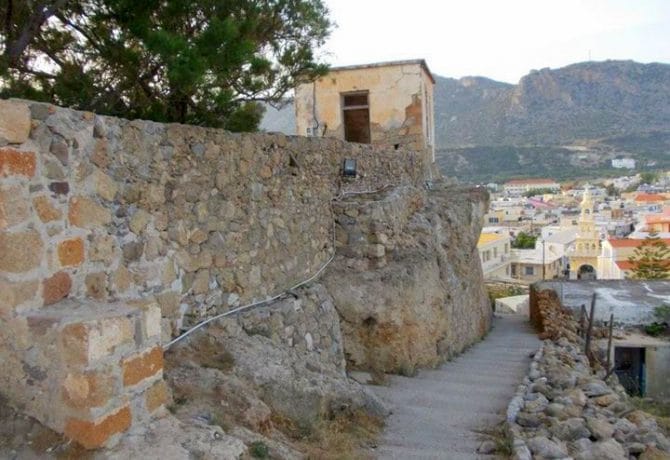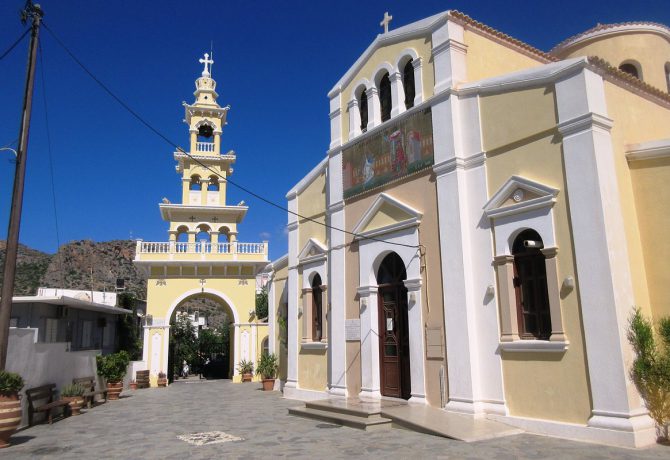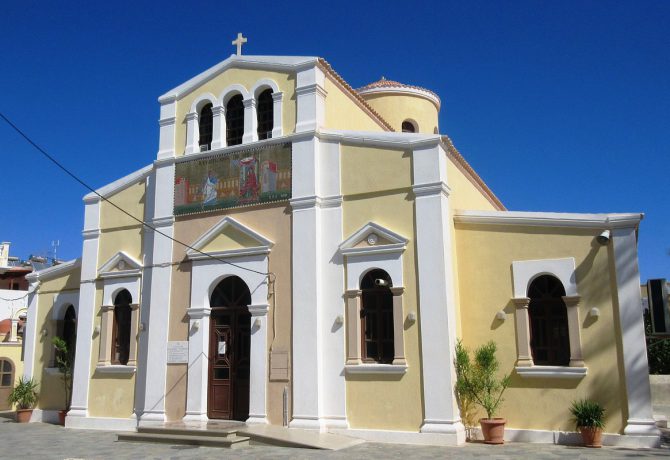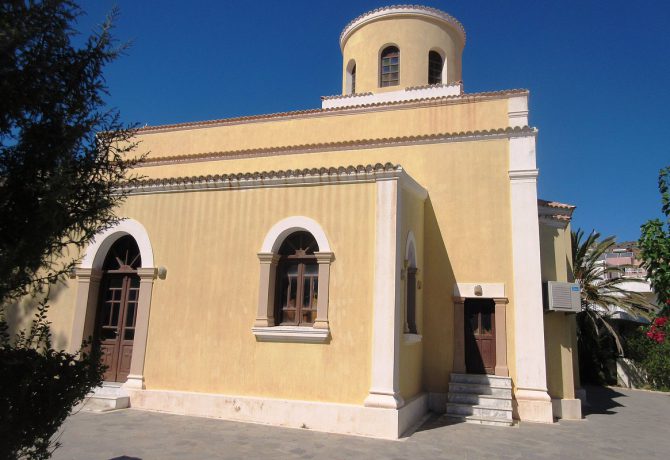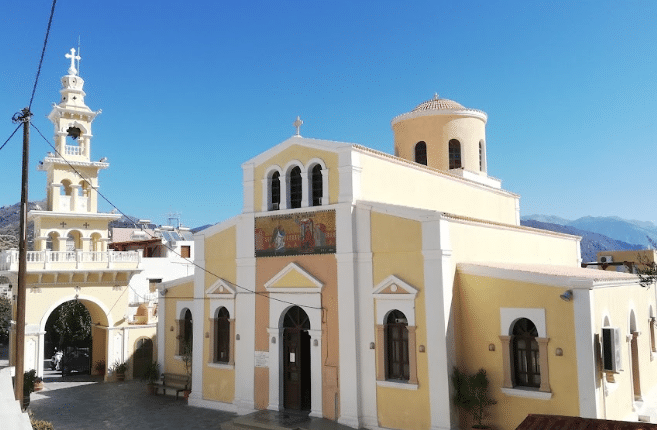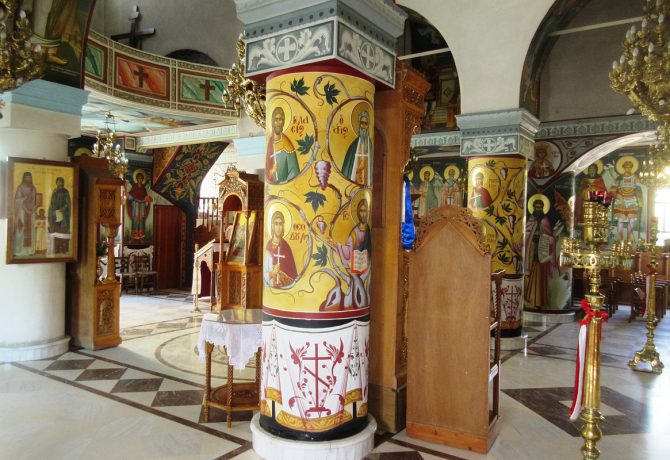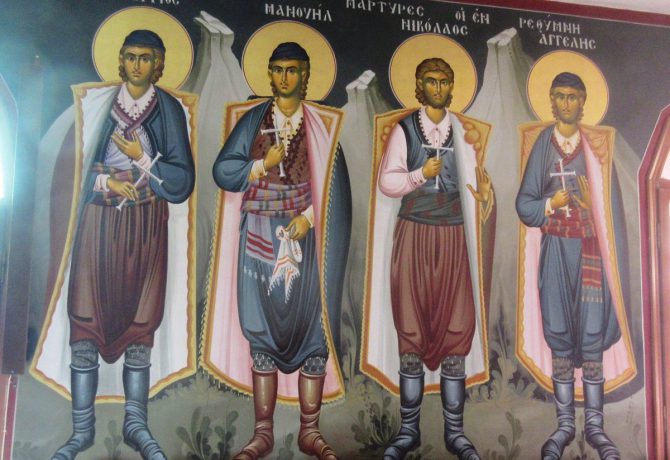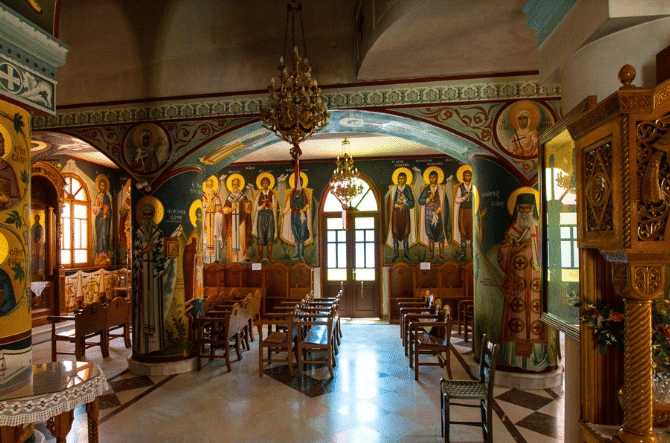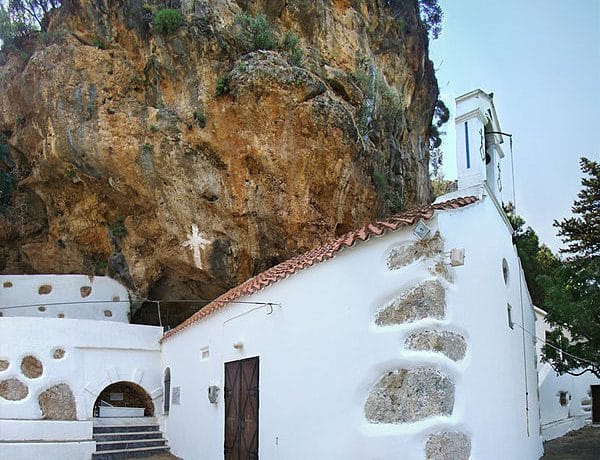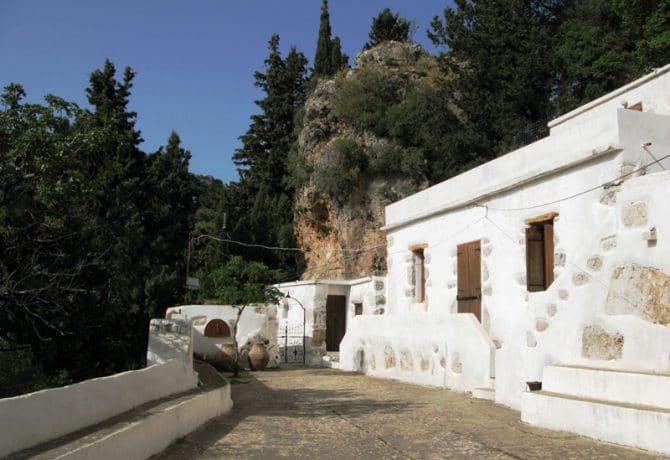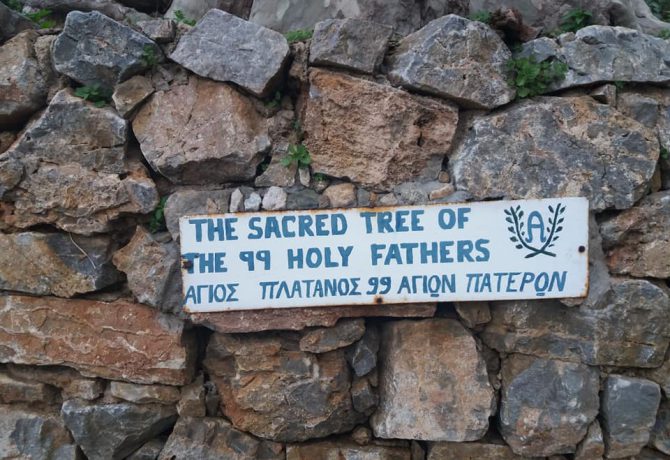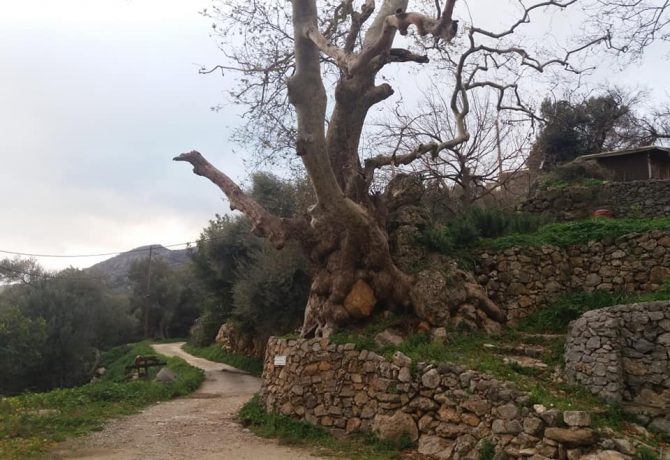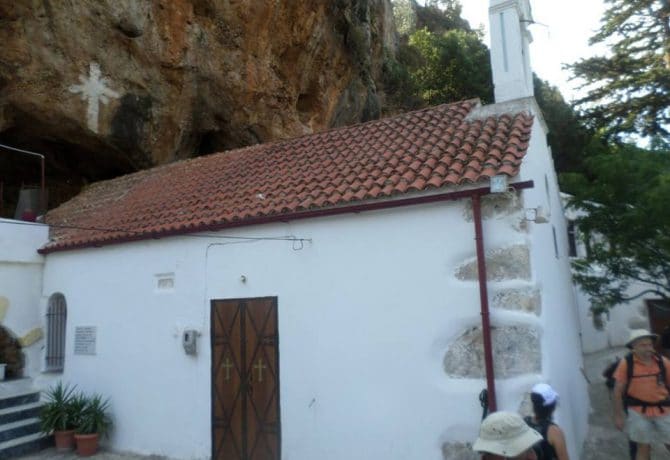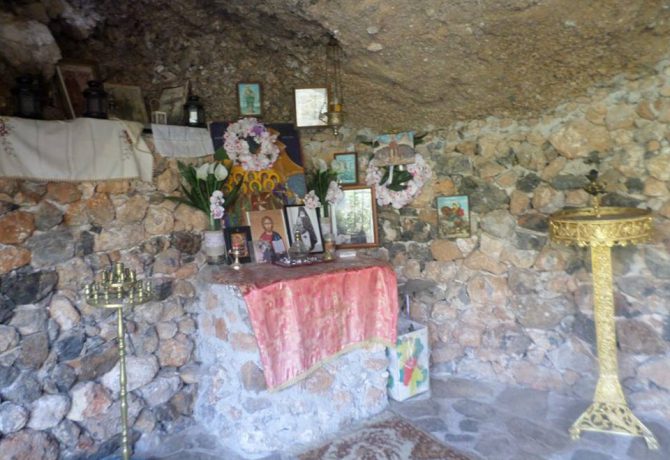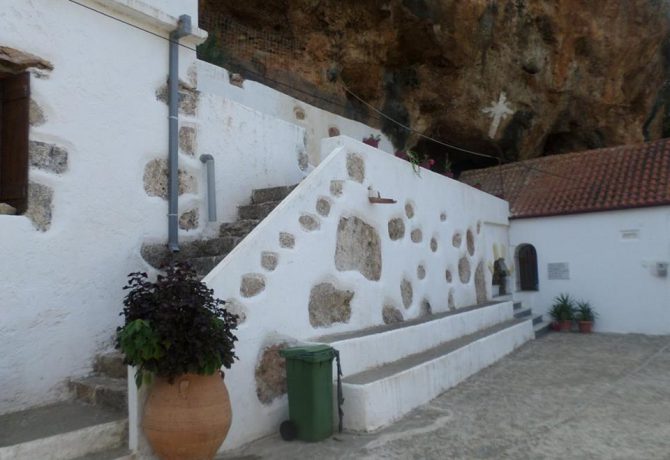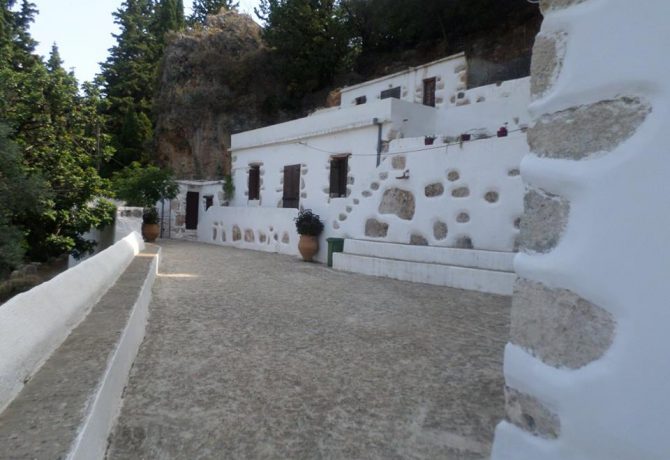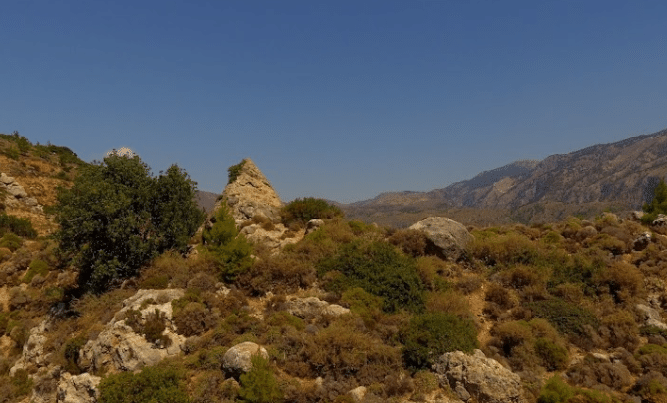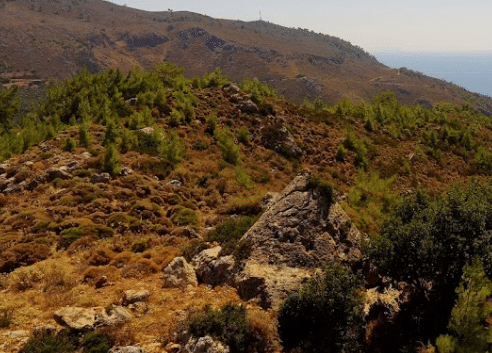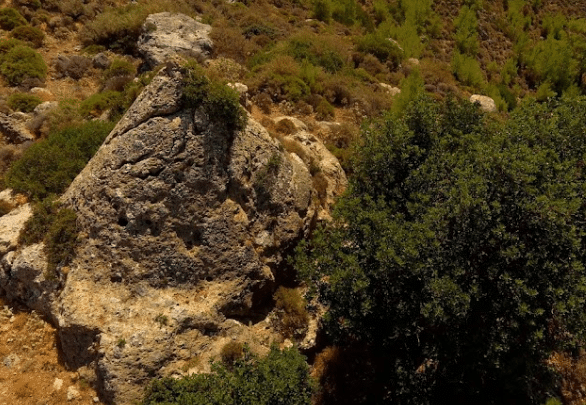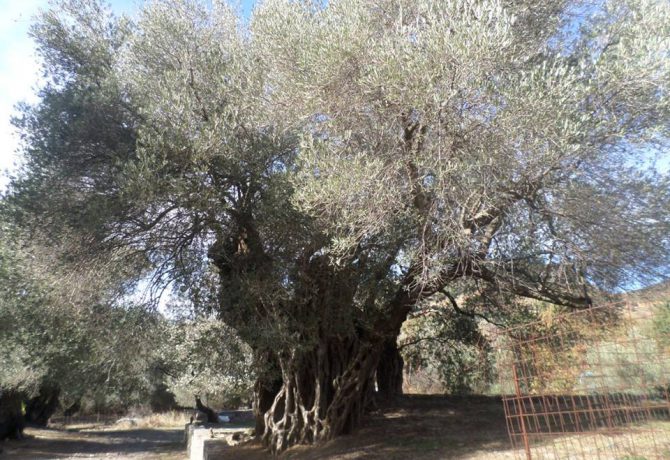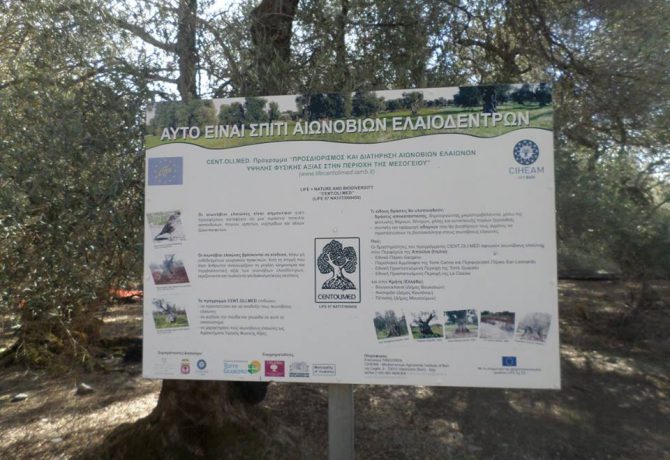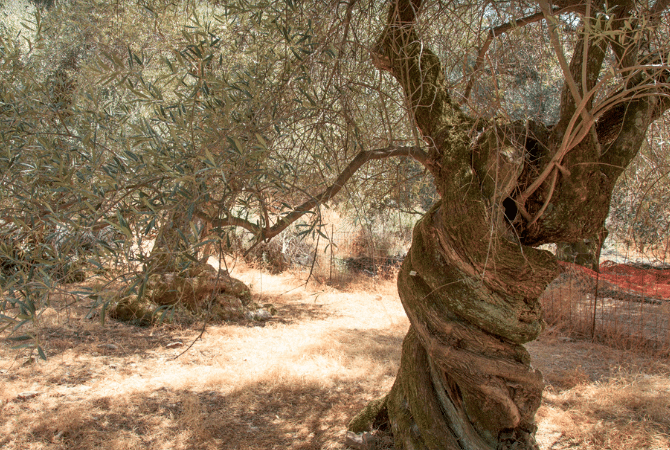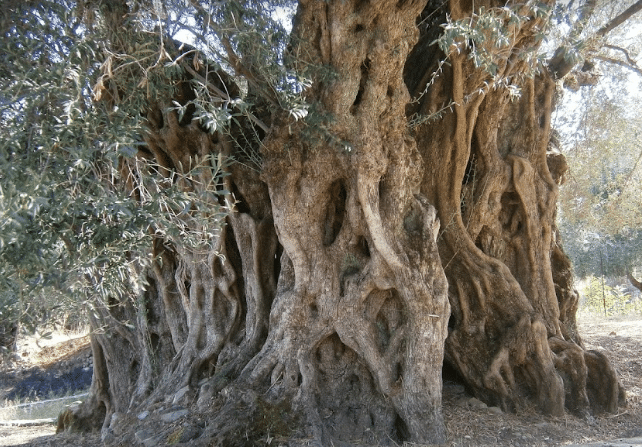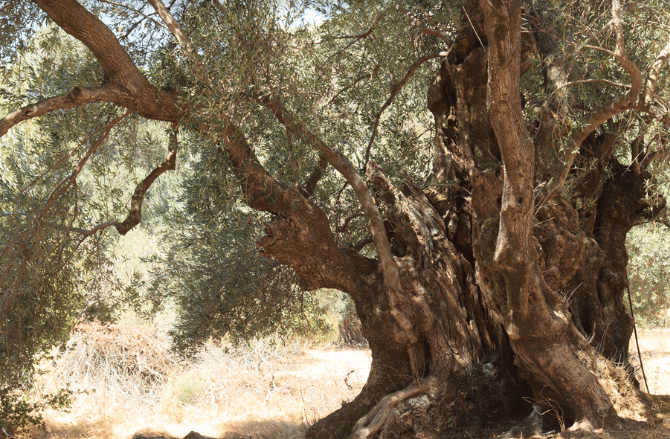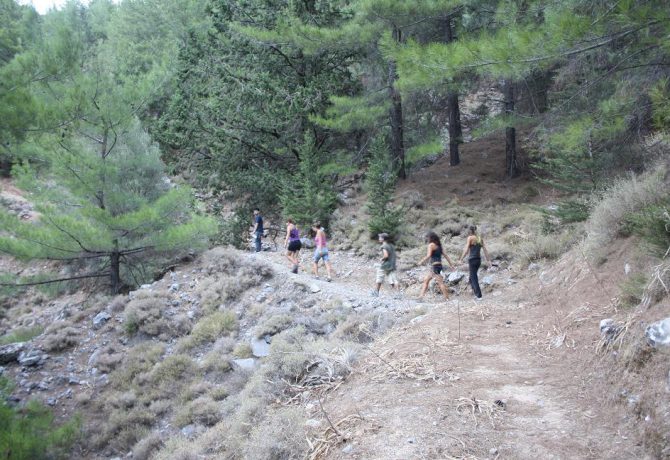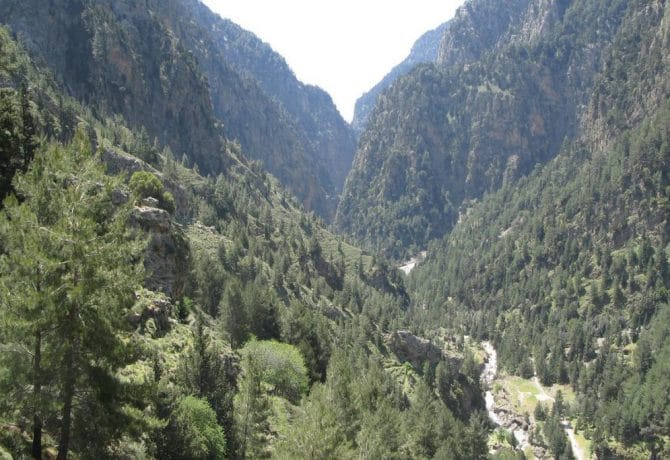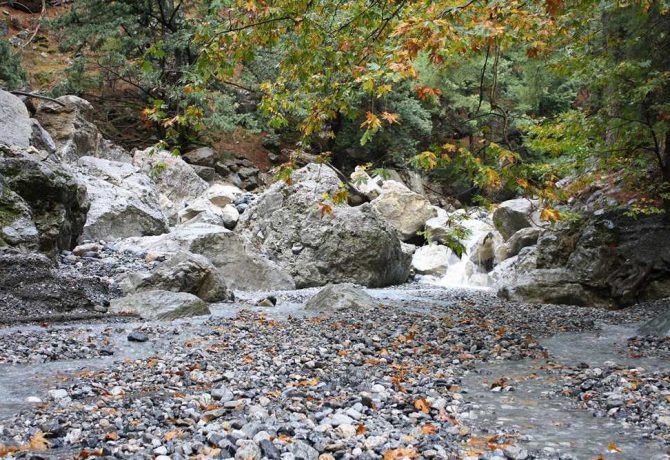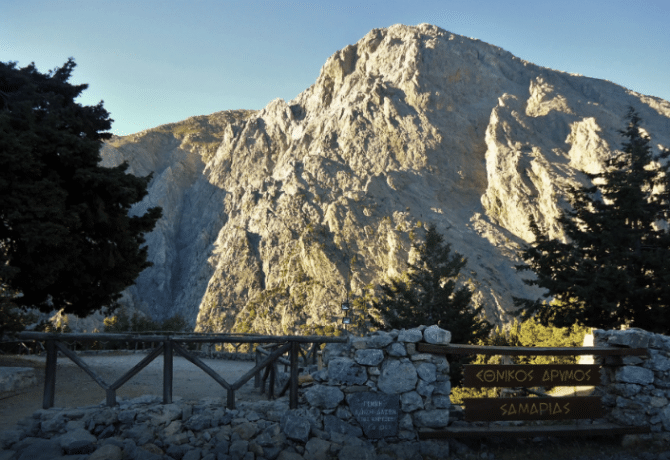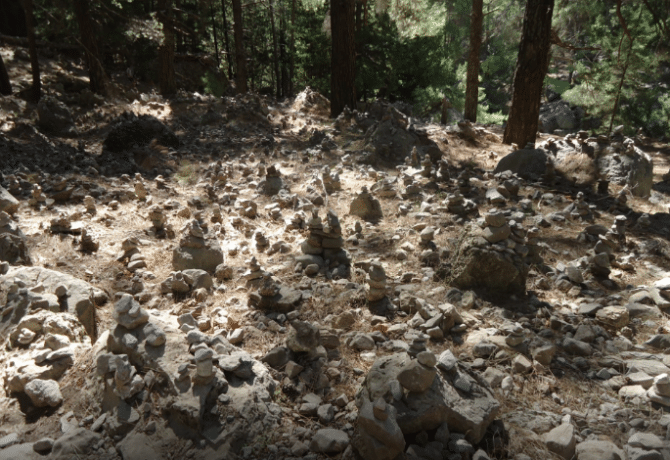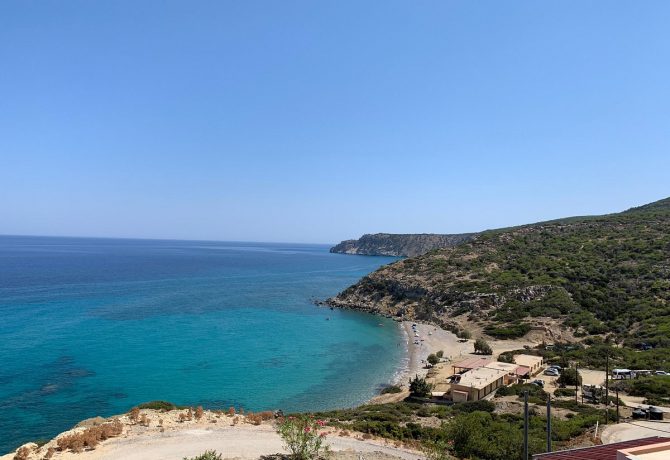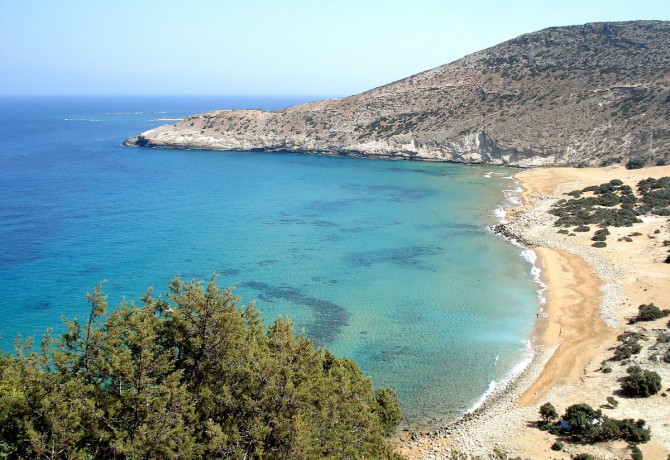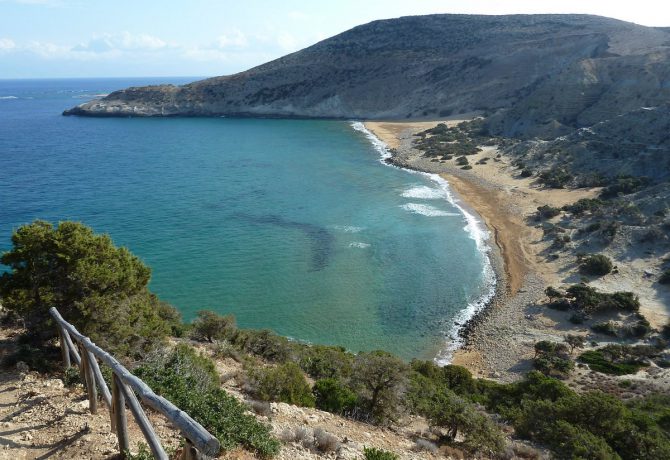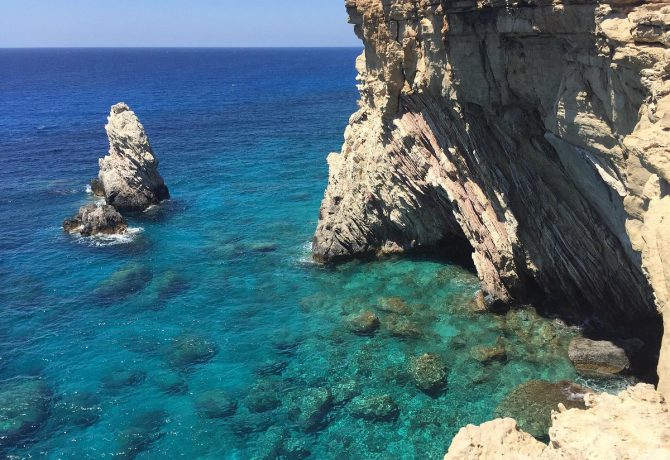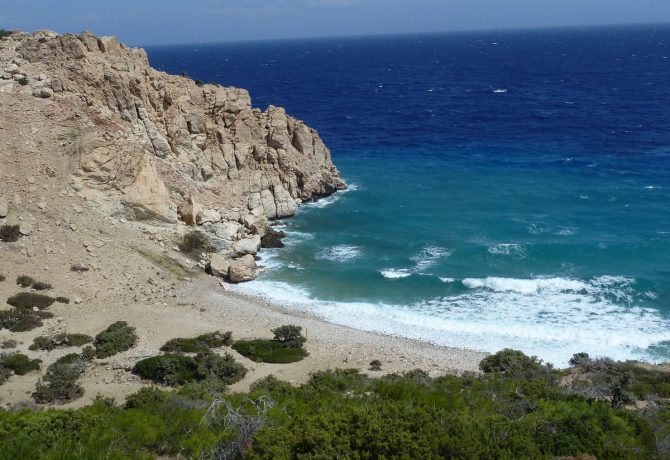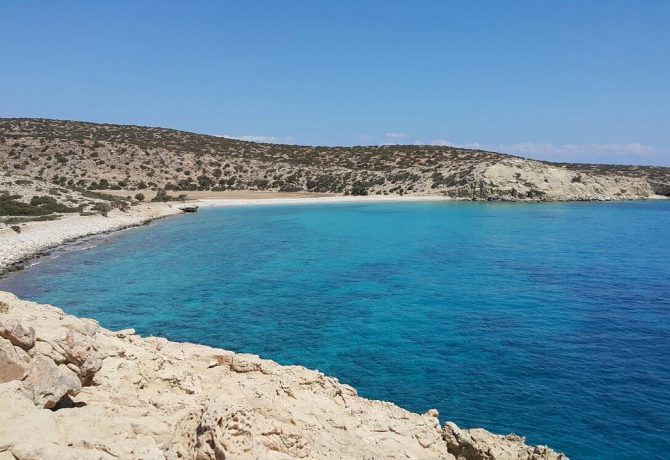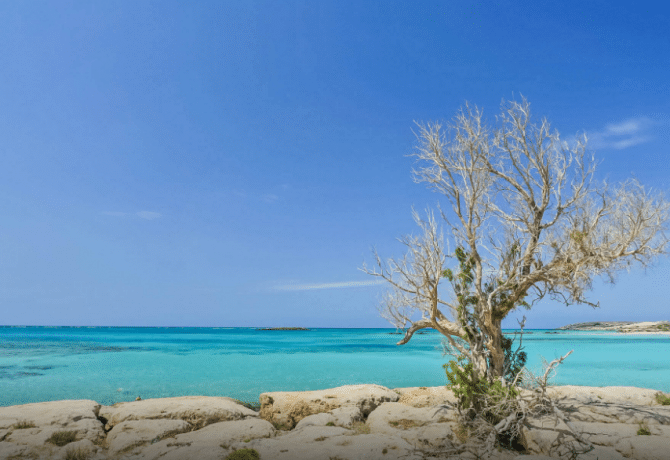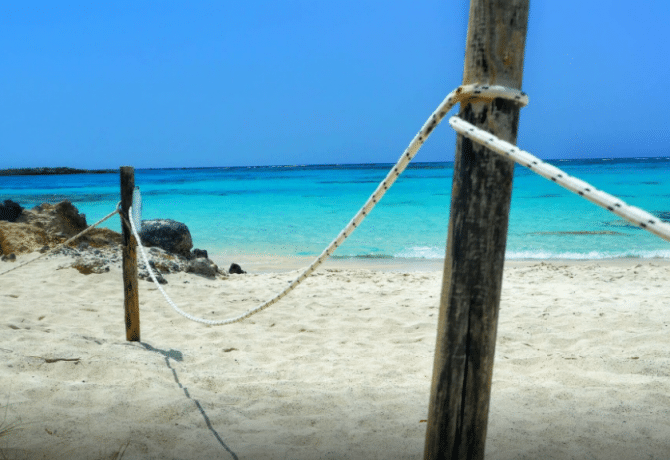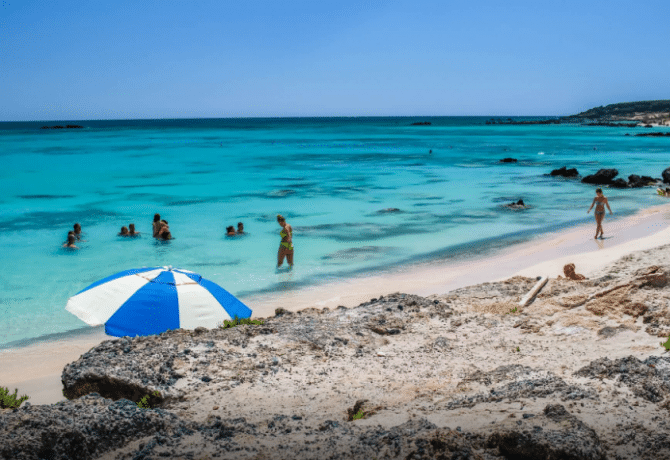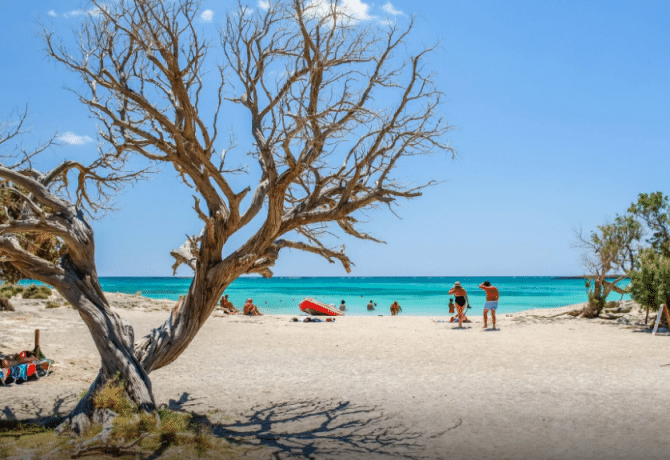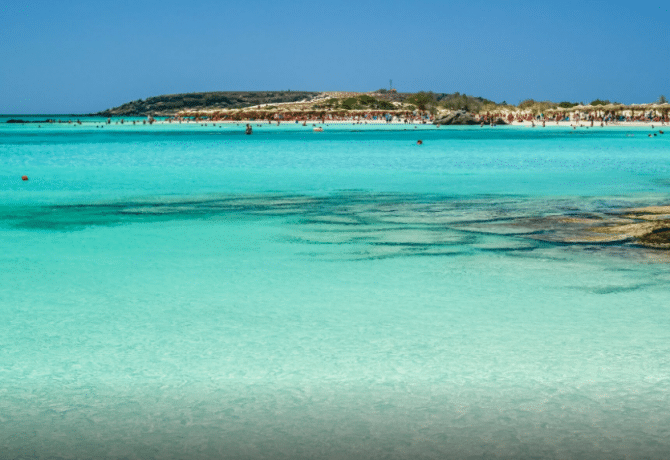The small resort town of Paleochora is comfortably located on a peninsula between two bays on the shores of the Libyan Sea. A few decades ago it was an ordinary fishing village. Since the middle of the last century, it began to turn into a resort. The first hotels appeared, taverns began to develop an original menu, tourist infrastructure facilities appeared.
Today guests are welcome to meet 2 and 3-star hotels, guest houses, private apartments and detached villas. For relatively low prices in them you can get excellent service, as well as information about the nearest attractions. Although they will be discussed in this article.
Attractions Paleochora on map
Selino Fortress (Selino Kasteli)
The fortress of Selino in Paleochore is one of the many defensive structures left in Crete since the Middle Ages. In the 13th century it was founded by General Gradenigo. He was a representative of one of the most influential families of the Venetian aristocracy. His ancestors stood at the origins of the Venetian Republic, and the island of Crete has always been a tidbit for those who want to spread their influence to the whole world. The general chose a good place for the construction of the fortress. The rocky cape protruded a little into the sea, and from the high walls the entire water area was perfectly visible.
The museum has preserved drawings by which you can judge the power and defense capability of the citadel. In shape, it resembled a huge cube. On the territory there was a church, water tanks, residential buildings for officers. Some city officials also lived here. Observation towers were installed on three sides. In its architecture, the fortress was more like a medieval European castle. In 1332, the Cretan rebels gladly destroyed it, but the Venetians restored the fortress literally in the next two years.
Selino has never been an important fort of the island. It protected a certain seaside area. When Paleochora was captured by the Turks, they did not destroy this stronghold, made several changes and used the fortress for its intended purpose. Currently, only ruins with the foundations of houses, a pebble pavement, fortress walls with loopholes remain from it. The strategic location of the fort was appreciated by the Germans during the occupation of Crete during world war II. The territory was used for anti-aircraft guns and other air defense systems.
Address: Paleochora, Crete, Greece
Church of Evangelistria
From the hill on which the fortress of Selino is located, a view of the entire Paleochora opens. From here you can clearly see the church of Evangelistria, installed in the center of the resort. The second name is the Church of the Annunciation. This is a relatively new church, which was the result of several reconstructions of the temples that previously stood on this site. In archival documents it is stated that the first church of Paleochora was erected here. When the village’s population began to grow in the early 20th century, a new, more capacious temple was needed. In 1913, it was solemnly opened, as evidenced by the inscription on the dome. Residents with great love reacted to its construction, which lasted for 10 years.
Today you can appreciate the efforts of the local population. Inside the temple, the amazing painting of the walls and icons made in 1930 by the artist Vlachakis is impressive. A stone iconostasis was made for them. The design is quite rare, beautiful and solid. The last reconstruction began in the 90s of the last century. Paleochora began to develop as a resort, the population grew significantly. The municipality decided that the city needed a more capacious temple. The pastor concluded that two aisles would be required, which were attached to the main building with donations collected by residents. In 2003, the artist Ktiskakis began painting the walls. A bell tower was also erected at the church, which gathers parishioners to services by ringing their bells.
Address: Palaiochora, Chania, Crete, Greece
Village of Azoires
In every country with an ancient history, there are so-called “places of secret power.” One such place in Crete is the village of Azogires. It is located in the mountains between Paleochora and Suiye. The rocks surrounding the village resemble human faces in outline. Legends and myths surround the settlement with mystery. People say that you can not come here on a full moon, because at this time travelers are waiting for nymphs to take away their votes. You can learn about these and other local superstitions immediately upon arrival, going to the tavern “Alpha” to the old man Lucky.
This tavern is just a catering facility where you can eat an omelet and listen to local tales. The owner turned his institution into a kind of travel agency. Each visitor receives a menu with a map of the area as a memory. It marks all the interesting points that must be visited. The tavern itself is more like a museum. Antique utensils are collected here, black and white photographs are hung on the walls, and food is served in ceramic dishes. Not a single traveler will pass by the cafe and will not pass. It is located just at the entrance to the village.
Alfa Tavern serves the world-famous Sofia omelet, as well as other Cretan specialities such as cheese and spinach pies, fennel or meat pies, stuffed grape leaves and many others, all at the lowest prices! As for the products, they come from family gardens, livestock and olive groves.
Address: Azogires village, Chania Prefecture, Crete, Greece
Monastery of the 99 Holy Fathers in the village of Azogires
The valley near the village of Azogires is ideal for hiking with many hiking trails, such as the famous Anidri Trail and Azogires Spaniakos. Also nearby are the monastery and museum of the 99 Holy Fathers, the tomb of the legendary local priest and hero Gabriel Papagrigorakis, the Sacred Plane Tree, the old venetian-style bridge, the olive oil factory. It is worth visiting the mystical waterfall Alpha, the magical forest of Alpha, the spiritual caves of Kukutsaki and the Holy Fathers, the ancient Carved Caves and the Church of St. John the Hermit.
Saint John was born in Egypt. He came to Crete after years of searching for God and himself. He brought with him 98 followers. Another 99th place was meant for God. For a long time, the monks lived on the island of Gavdos, then came to the shore of Crete and found Azogires, where they finally settled. In their honor, in 1864, the monastery of the 99 Holy Fathers was founded here. These are seven churches with ancient miraculous icons that protect the village and its surroundings.
The old man Lucky always tells the legend of how St. John, seeking solitude, left for the island of Akrotiri. Before that, he predicted that all the brothers would die on the same day with him. A few years later, he was mortally wounded by a hunter. At the same moment, all 98 brothers were found dead. Some froze during prayer, others died while doing chores. After some time, 98 pigeons settled in the cave where the monks lived, and the old eternal plane tree, under which the elders were buried, became evergreen. In the village there are private hotels, rooms are rented for those who want to stay for a few days.
Address: Azogires, Crete, Greece
Pyramid of Souyi
If you go or go further to the village of Suyi, then along the way you will definitely come across a cone-shaped pyramid. This is a conical burial with a height of about 9 meters and a diameter of 10 meters at the base. The pyramid is a monolith in the form of a cone carved from rock. In one of the sides is the entrance inside. It’s west-oriented. Who and when created this structure, why the landmarks are located in this location, no one knows. The pyramid is so ancient that there is no information about it in any chronicle. This is another mystery of Crete that is waiting to be solved.
Address: Souia Village, Crete, Greece
Olive of Candanos or St. George
Nature lovers will not be prevented from walking along the paths of the National Park in the vicinity of Paleochora. Here grows one of the oldest olives in the world, named after St. George. The age of the tree is about 3 thousand years. It still bears fruit, giving in one season as much fruit as is enough to produce from 80 to 100 kg of olive oil. Because of the structure of the trunk and crown of the olive, the Association of Olive Municipalities of Crete recognized the tree as “monumental”.
Address: Kandanos Village, Crete, Greece
Samaria Gorge
The most famous Samaria Gorge in Crete is located 23 km from Paleochora. It is best to get to it by rented transport or as part of a tourist group. This is the longest gorge in Europe. Its length is 17 km. The hiking route involves walking 15 km with a height difference, so you need to take with you comfortable shoes, a patch for corns, water and money in case you have to look for an overnight stay or get home by taxi. The nearest hotels are 7 km from the gorge.
The territory of the gorge was inhabited by people in the Minoan period. Here were found the remains of ancient sanctuaries, the temples of Artemis and Apollo, the ruins of the city of Tara. During the occupations, rebel camps were based here, and in the Second World War, the Greek government emigrated to Egypt through the gorge. In 1962, the natural area became protected. By the decision of the authorities, the Samaria National Park was created. Gradually, the reserve became the most popular tourist attraction of Crete.
Address: Chania Prefecture, Crete, Greece, (entrance from the village of Xyloskalo)
Gavdos Island
Around the world, there are several places where the cardinal points meet. For example, the Ural Mountains divide Europe and Asia, the Isthmus of Panama – North and South America, and on the island of Gavdos there are Europe and Africa. According to legend, it was here that Odysseus spent 7 long years in captivity, and the island itself, which in ancient times was called Odigea, is ruled by the nymph Calypso. There is an extraordinary atmosphere here. It is felt by everyone who comes to Gavdos for a walk, lie on the sandy beaches, swim in the turquoise waters.
Back in the middle of the last century, the island was densely populated, but due to the lack of fresh water, residents began to leave for Crete with their whole families. Today, about 50 people live here. They create conditions for a good rest of in coming tourists. The absence of authorities creates a relaxed atmosphere. You can stay in one of the dilapidated houses or pitch a tent under the shade of trees, fish for fun. So, who hasn’t lived here! And terrorists, and a commune of Russian scientists, and other individuals seeking solitude. By the way, the Russians decorated the island with several art objects. One of them is a chair installed at the southernmost point of the island, and therefore the whole of Europe. From Paleochora to Gavdos there is a daily ferry.
Address: Chania, Palaiochora, Crete, Greece
Elafonisi Beach
The famous pink beach of Elafonisi every year falls into the TOP-25 best beaches in Europe. It is located on a desert island, where ferries, pleasure boats, excursion liners from all resorts of Crete depart daily. This is a very beautiful place with golden sand, clear sea and clear water. It is best to come here early in the morning to take a comfortable place under the sun. Closer to lunch, the coast will be filled with vacationers arriving here with all available means of transport. Experienced travelers recommend choosing windless days to visit. Otherwise, rest can be spoiled by high waves and constant gusts of wind.
There are no hotels on the island. The beach is equipped with sun beds and umbrellas, there is a tavern, a bar, but it is better to take food and drinks with you.


